Results
-
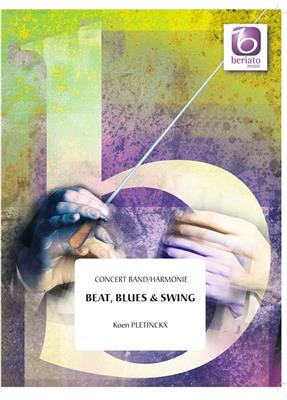 £102.99
£102.99Beat, Blues & Swing - Koen Pletinckx
Following the overwhelming success of Pop Tune Variations and Whistling Kettle, Koen Pletinckx presents you with Beat, Blues and Swing, a suite in three parts. In this work he uses his easy and light composition style, making it an excellent for young or small bands.
Estimated dispatch 7-14 working days
-
 £37.62
£37.62Big Beat Boogie (Concert Band - Score and Parts)
Not only is this appealing and entertaining little boogie tune going to be your beginning students favorite piece, it's also a great exercise to help them learn to count rhythms. Playable with students who know only their first 6 notes. Tons of fun and it sounds really cool! Can't be beat!
Estimated dispatch 7-14 working days
-
 £60.99
£60.99Pump It Up! - Jacob de Haan
Energy, an irrepressible call to the dance floor and punchy 'pumping' basses are the perfect mix of ingredients for Pump It Up! Nimble melodies and zestful rhythms over a tight beat supply the rest: this top new title by Jacob de Haan is asure-fire hit, evoking memories of top entertainment hits such as Cornfield Rock, Queen's Park Melody and Discoduction.
Estimated dispatch 7-14 working days
-
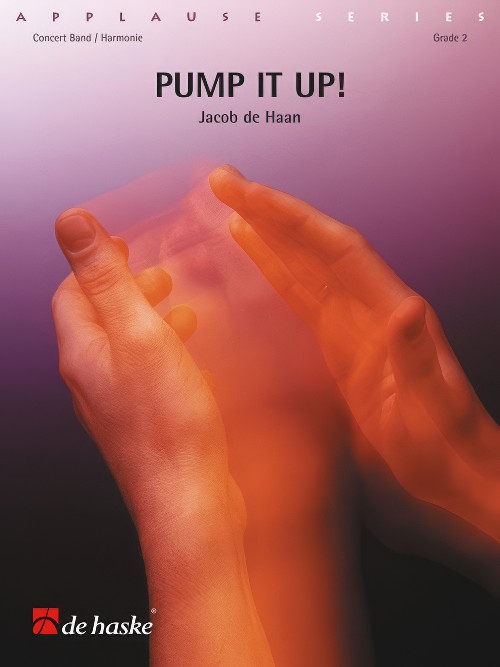 £59.99
£59.99Pump it Up! (Concert Band - Score and Parts) - De Haan, Jacob
Energy, an irrepressible call to the dance floor and punchy 'pumping' basses are the perfect mix of ingredients for Pump It Up! Nimble melodies and zestful rhythms over a tight beat supply the rest: this top new title by Jacob de Haan is a sure-fire hit, evoking memories of top entertainment hits such as Cornfield Rock, Queen's Park Melody and Discoduction.Duration: 3.00
Estimated dispatch 7-14 working days
-
£108.10
IT AIN'T NECESSARILY SO (Intermediate Concert Band) - Gershwin, George - Naulais, Jerome
from Porgy and Bess - you can't beat a bit of Gershwin.Duration: 3:58 American Grade 3
Estimated dispatch 7-14 working days
-
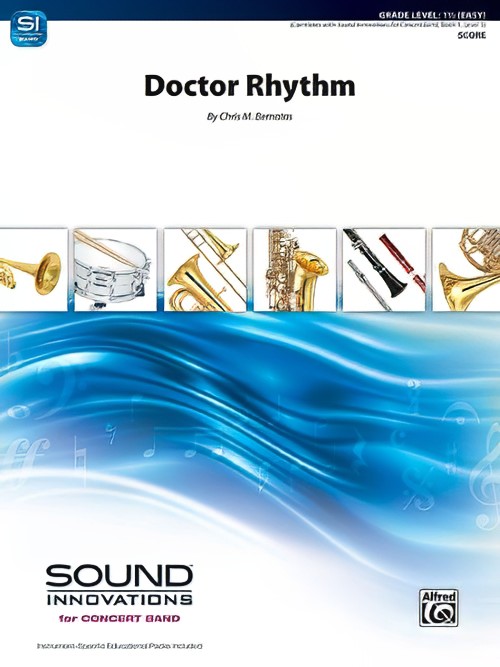 £44.50
£44.50Doctor Rhythm (Concert Band - Score and Parts) - Bernotas, Chris M.
This is a rocking, fun piece that directors can utilise to teach students to play with a steady and strong beat. It has a bluesy-rock melody, groove accompaniment, and-of course-cowbell! This piece can be a worthwhile vehicle for students to develop understanding of eighth note subdivisions, articulations, dynamics, and phrasing in a fun way.Duration: 2:10
Estimated dispatch 7-14 working days
-
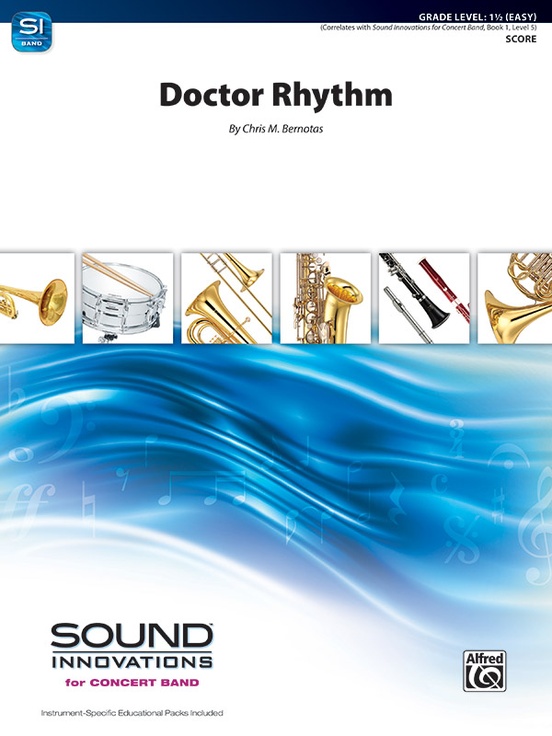 £49.95
£49.95Doctor Rhythm - Chris M. Bernotas
This is a rocking, fun piece that directors can utilize to teach students to play with a steady and strong beat. It has a bluesy-rock melody, groove accompaniment, and---of course---cowbell! This piece can be a worthwhile vehicle for students to develop understanding of eighth note subdivisions, articulations, dynamics, and phrasing in a fun way. (2:10)
Estimated dispatch 3-5 working days
-
 £60.99
£60.99Jamaica - Timothy Travis
Jamaica is an island in the Caribbean. In 1494 it was discovered by Christopher Columbus, who used it as private property until 1509. After some skirmishes it fell under British rule and the sugar trade on the island flourished. After the abolition of slavery in 1834 it was only granted Home Rule in 1944, but it remained a member of the British Commonwealth of Nations. Whereas the export of cane sugar used to be Jamaica's main export product for many years, nowadays music has taken over this role. At first American music used to be very popular on the island. Later, however, Jamaican musicians started to experiment and thus in the end created their ownmusical style called Reggae. Well-known Reggae musicians are Bob Marley and Peter Tosh. The most important instruments used in Reggae are the bass and the drums. Together they form the base for the style: the riddim. A bass drum accent on the second and fourth beat are characteristic of a typically reggae drum beat. To this syncopic patterns are often added. The rhythm guitarist plays chords in a characteristic Reggae rhythm, not on, but between the beats.
Estimated dispatch 7-14 working days
-
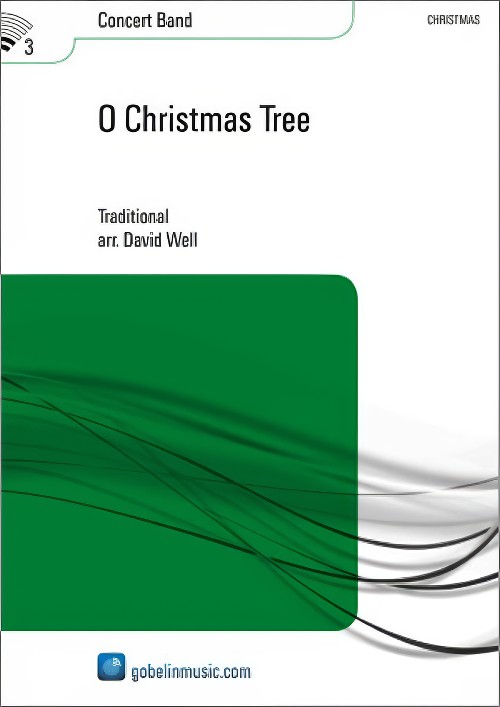 £94.99
£94.99O Christmas Tree (Concert Band - Score and Parts) - Well, David
The tradition of the Christmas tree in Western Europe dates back to a time long before any Christianization had taken place. During the severely cold winter nights, so it was believed, evil spirits tried to 'kill' nature. Needle-leaved trees were the only ones which kept their green colour throughout the year, and therefore became symbols of immortality. These 'living' trees, said to be the work of benign spirits, were brought into people's houses to ward off evil, life-threatening powers. In the 14th century people first started to decorate Christmas trees. It was a pagan custom, originated by the inhabitants of Alsace. This custom was taken over by the Church in the course of the 15th and 16th century. At first the decoration consisted mainly of edibles, such as apples and wafers, but later small presents were added. Legend has it that the reformer Martin Luther was the first person to decorate a Christmas tree with candles. The flickering candle flames were meant to create the image of a starry sky in which Christ's apparition could be recognized. The German organ-player Ernst Anschutz from Leipzig was the first person to notate the song 'O Tannenbaum', the melody being a well-known folk song. Next to 'Stille Nacht' 'O Tannenbaum' is the most famous German Christmas song, now known throughout the world. In the United States of America the melody of 'O Tannenbaum' has even been used in four States (among which the State of Maryland) for their State song. In David Well's arrangement the song is first heard as many of us know it. After this introduction, however, it is transformed into a solid rock version, and the beat has been changed. In the second part the familiar three-four time is back, but here the rhythm is different from the original. After the richly ornamented rock beat the basic theme can be heard once again and the composition is concluded in a festive manner.Duration: 3:15
Estimated dispatch 7-14 working days
-
£59.99
Jamaica Wind Band Set (Score & Parts)
Jamaica is an island in the Caribbean. In 1494 it was discovered by Christopher Columbus, who used it as private property until 1509. After some skirmishes it fell under British rule and the sugar trade on the island flourished. After the abolition of slavery in 1834 it was only granted Home Rule in 1944, but it remained a member of the British Commonwealth of Nations. Whereas the export of cane sugar used to be Jamaica's main export product for many years, nowadays music has taken over this role. At first American music used to be very popular on the island. Later, however, Jamaican musicians started to experiment and thus in the end created their own musical style called Reggae. Well-known Reggae musicians are Bob Marley and Peter Tosh. The most important instruments used in Reggae are the bass and the drums. Together they form the base for the style: the riddim. A bass drum accent on the second and fourth beat are characteristic of a typically reggae drum beat. To this syncopic patterns are often added. The rhythm guitarist plays chords in a characteristic Reggae rhythm, not on, but between the beats. 02:30
Estimated dispatch 7-14 working days
